-
The Princess and the Pea by Hans Christian Andersen Fairy Tale Analysis
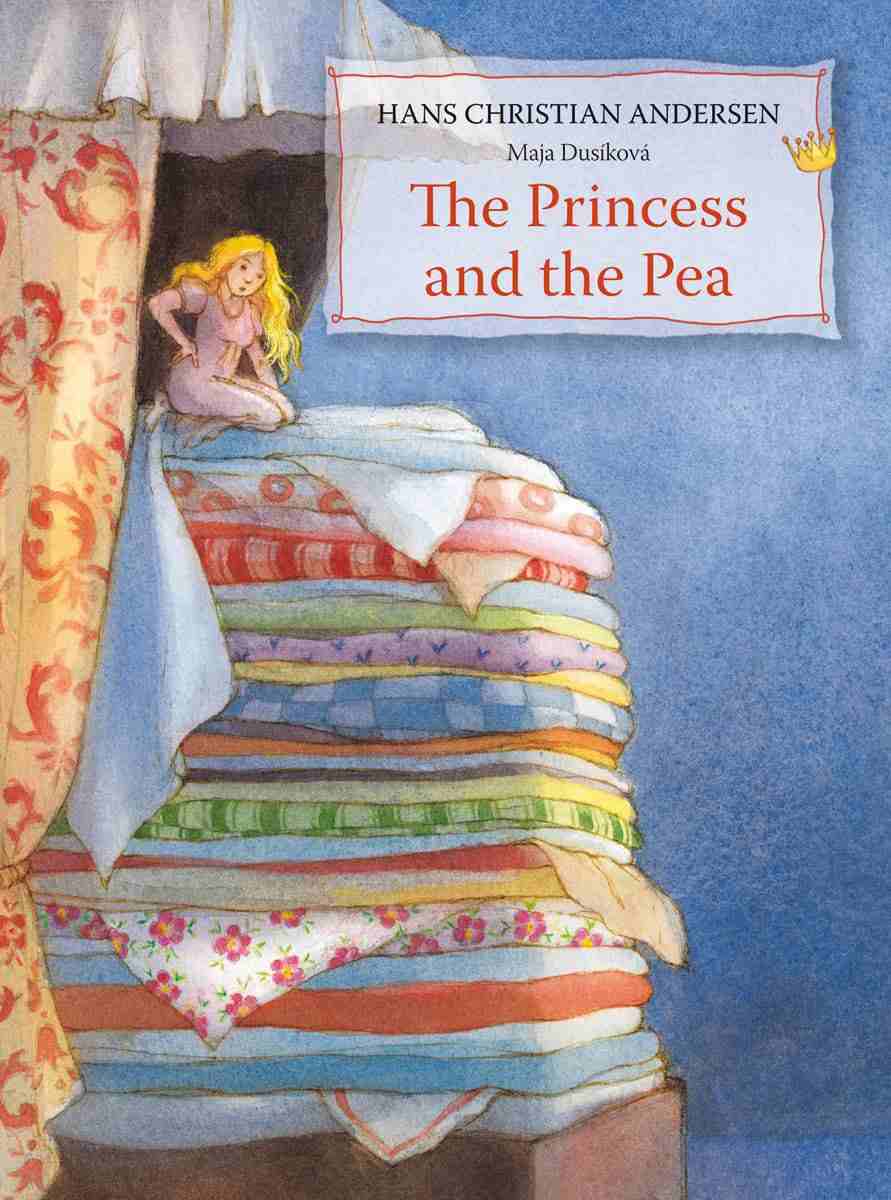
The Princess and the Pea was first published in 1835, one of a handful of satirical, colloquial fairy tales in an unbound collection by Danish storyteller Hans Christian Andersen. The colloquial language didn’t go down well with critics at the time, who also didn’t appreciate that Andersen’s silly little “wonder tales” failed to convey a moral suitable for children.
-
Which Is More Than I Can Say About Some People by Lorrie Moore Short Story Analysis
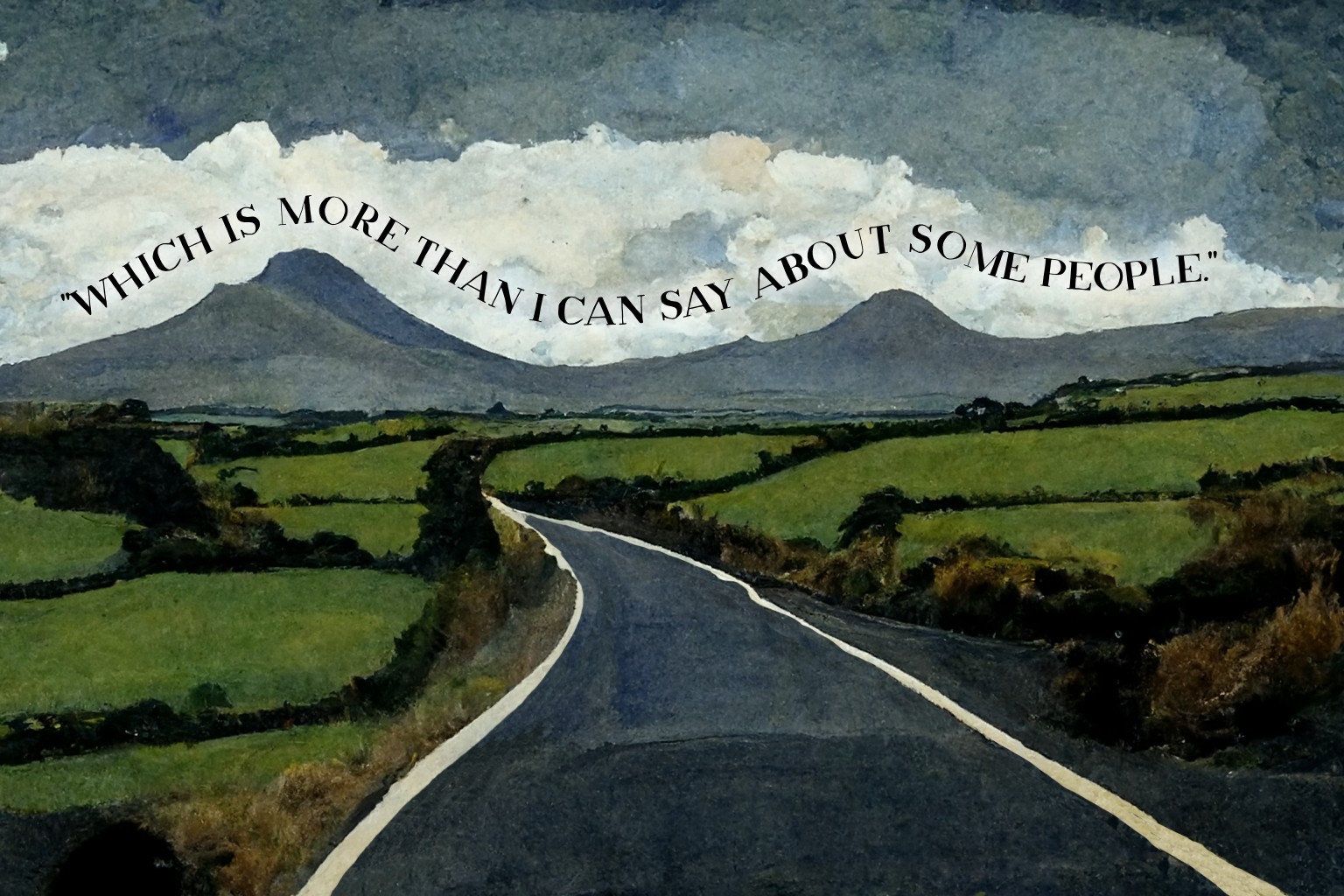
“Which Is More Than I Can Say About Some People” is a mother-and-daughter road trip short story by American writer Lorrie Moore. This story was published in The New Yorker in November 1993. Also find it in Birds of America (1999) and The Collected Stories. The title of this story comes from something the mother of this […]
-
Zog by Julia Donaldson and Axel Scheffler
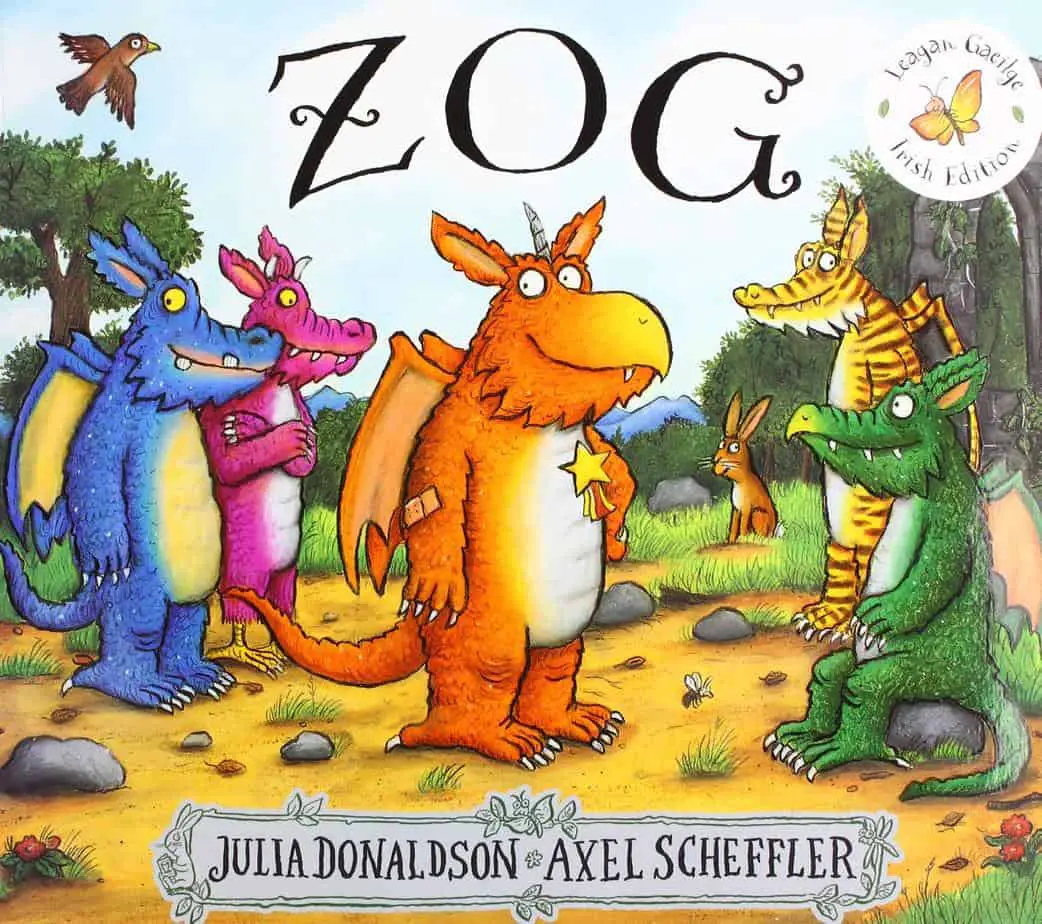
Zog (2010) is a picture book by best-selling British team Julia Donaldson and Axel Scheffler. Zog is regularly held up as a great feminist story for young readers. Zog interests me as an excellent example of a children’s story which looks feminist at first glance.
-
Gila Monsters Meet You at the Airport by Marjorie Weinman Sharmat and Byron Barton Analysis
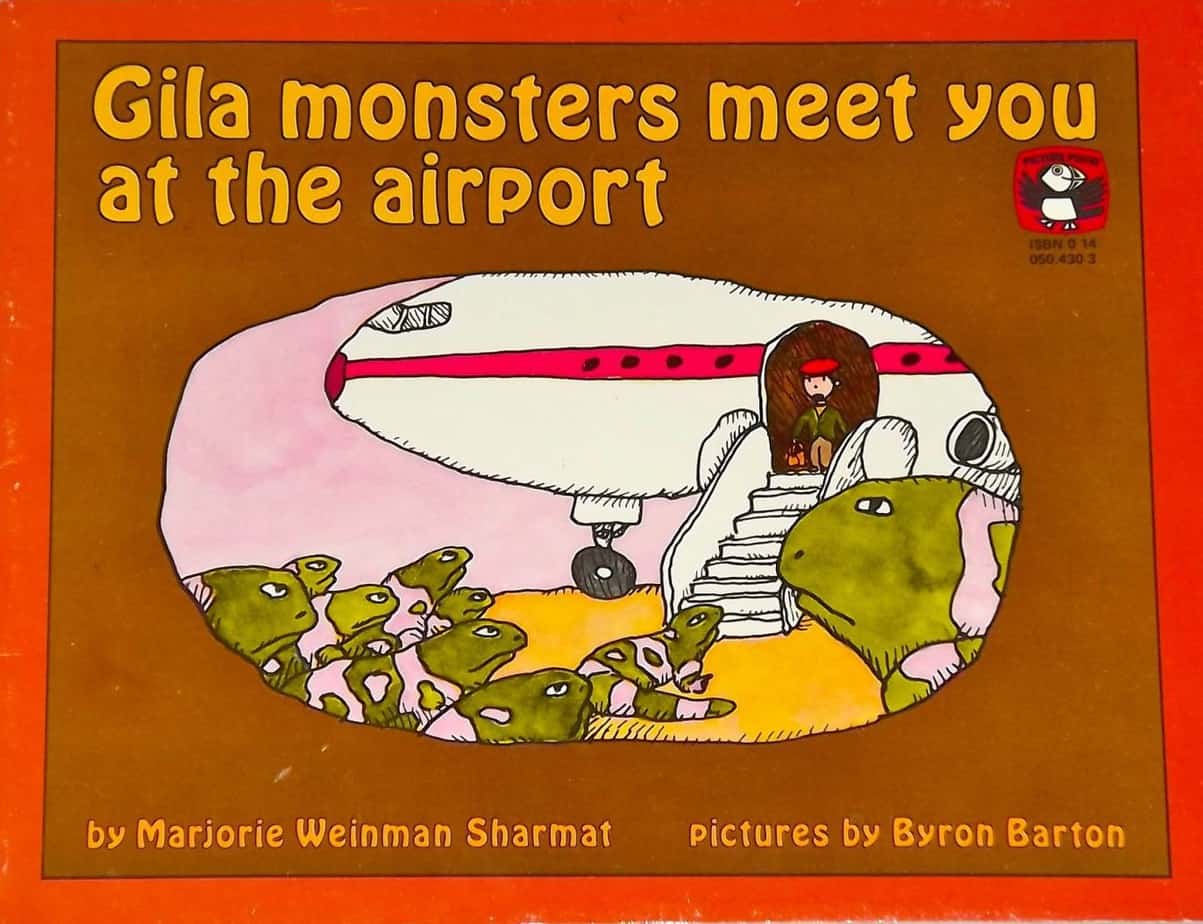
Gila Monsters Meet You at the Airport (1980) is an American picture book written by Marjorie Weinman Sharmat and illustrated by Byron Barton.
-
Emotion in Storytelling: Unexpected responses

Storytellers can manage audience emotions by writing characters who do — and feel — the unexpected. In doing so, writers can subvert common emotional tropes to great effect. Why is this technique necessary and so effective? A major element of good storytelling is surprise. The writer’s characters must stand before us with a wonderful clarity, […]
-
Heads Of Beef Courage The Cowardly Dog
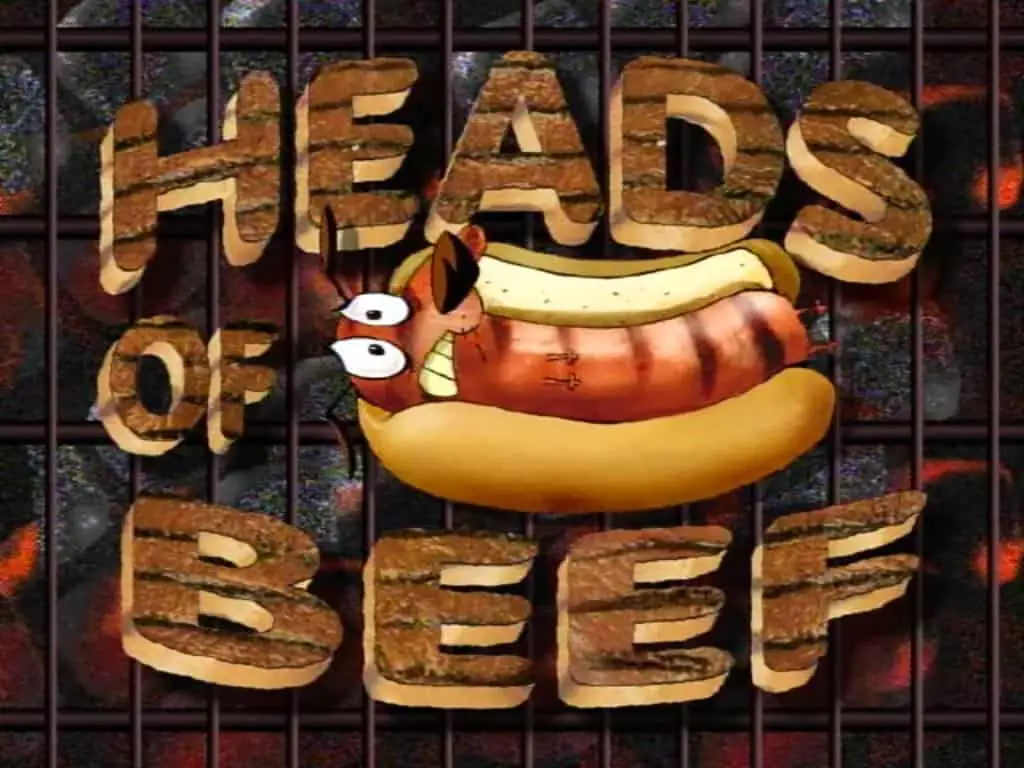
“Heads Of Beef” is an episode of Nickelodeon cartoon show from the late 1990s, Courage The Cowardly Dog. In any horror comedy starring a dog, surely at some point the dog must find himself a hot dog, right? The trope of the surprise in the burger plays on a primal fear we have when visiting […]
-
Bossyboots by David Cox Picture Book Analysis
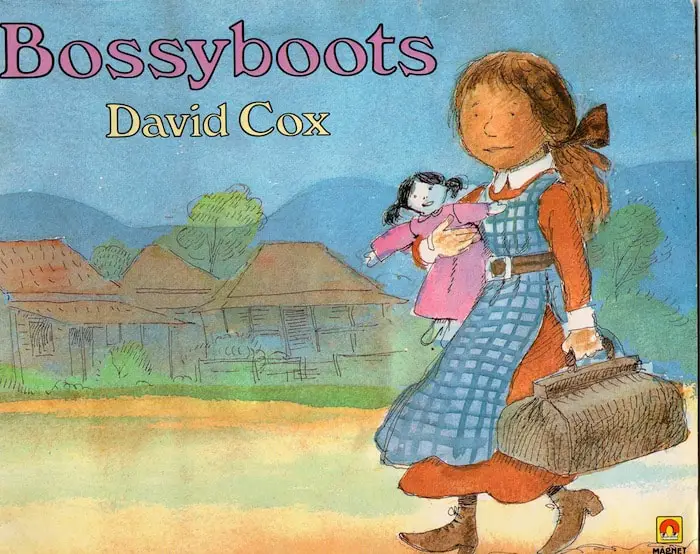
I was very wary picking up a book called Bossyboots to read to my daughter. ‘Bossy’ is a heavily gendered word. There’s no way a book called ‘Bossyboots’ would ever star a boy. So the first thing I checked was the year of publication. 1985, I thought. Well, this could be a good thing. Overtly […]
-
The Three Little Wolves And The Big Bad Pig by Eugene Trivizas and Helen Oxenbury Analysis
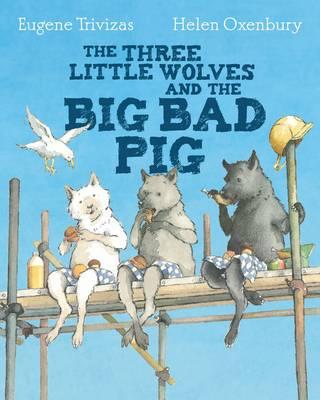
The Three Little Wolves and the Big Bad Pigs is not only an inversion on the classic tale, but also a subversion of the message. Basically, this is a fable for a rape culture world. PARATEXT Back in 1993, this book was a best seller and did well in a number of big prizes. Most of […]
-
Inversion Does Not Equal Subversion: The Day The Crayons Quit by Drew Daywalt And Oliver Jeffers
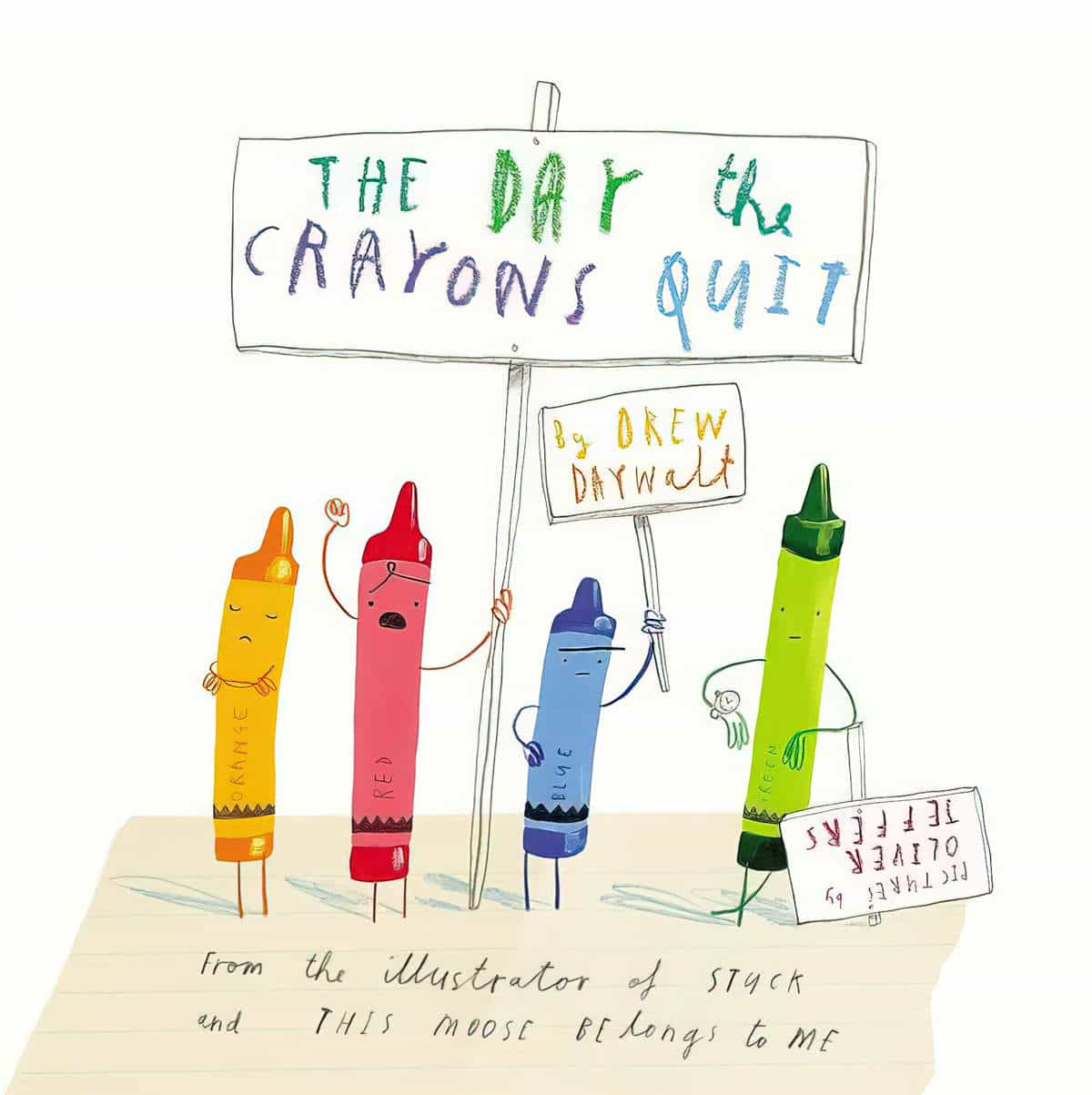
Daniel Craig says “why should a woman play James Bond when there should be a part just as good as James Bond, but for a woman?” “There should simply be better parts for women and actors of colour.” DiscussingFilm (@DiscussingFilm) September 21, 2021 The Day The Crayons Quit is a bestseller made by two picture book […]
-
Storytelling Tips From Juno (2007)
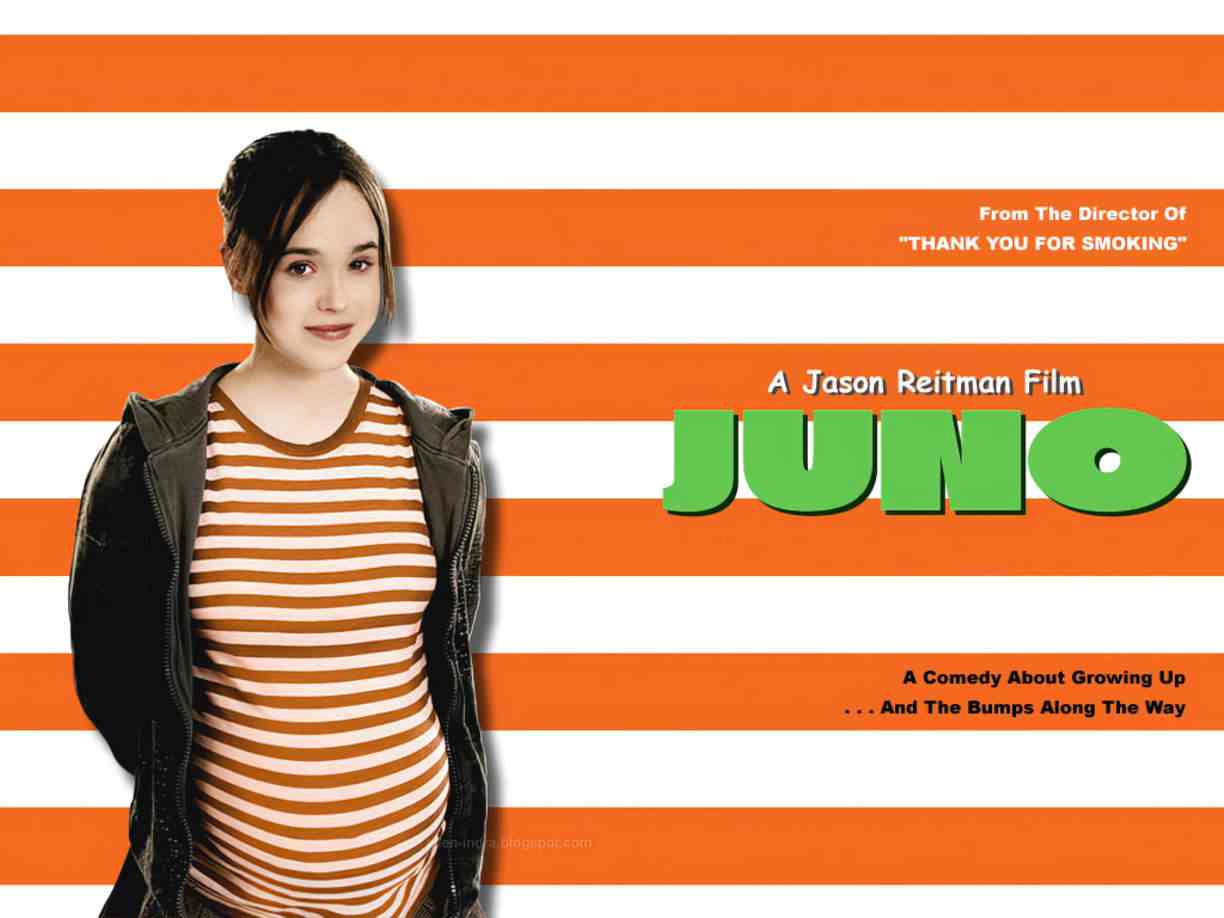
I’m no great fan of many traditional rom-coms, but I do love this off-beat romantic comedy drama blend precisely because it takes the regular, conservative storyline of: mother almost loses her baby and then reunites (to live happily ever after), and the usual movie tropes (geek = Bleeker, but he’s also an athlete, stepmother is not […]
-
I Am Waiting by Christopher Isherwood Analysis
What might the ‘inverse of a superhero story’ look like? What if superpowers are given to ordinary men who do nothing with them? You may know Christopher Isherwood’s name from the film A Single Man or Christopher and His Kind. I Am Waiting is one of two short stories Isherwood had published in The New […]
-
Storytelling And Subversion: How is it done?
Subversion of reader expectation to challenge long-held beliefs is one of the most difficult — and the most important — things storytellers can do.